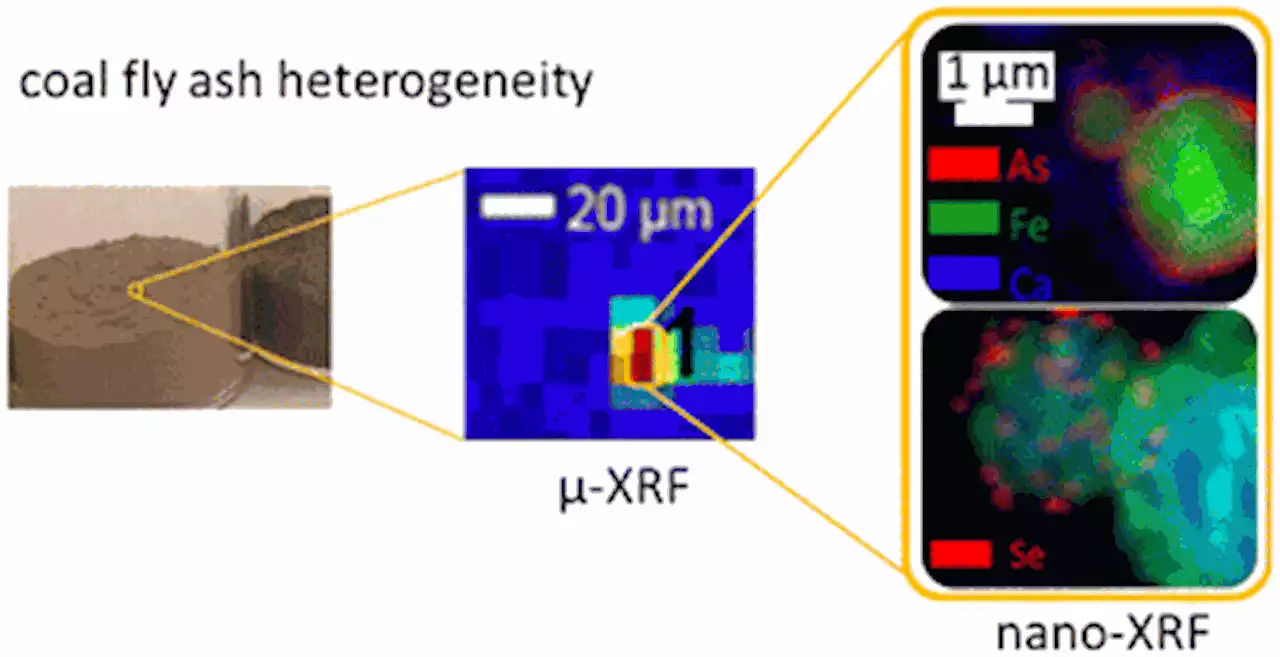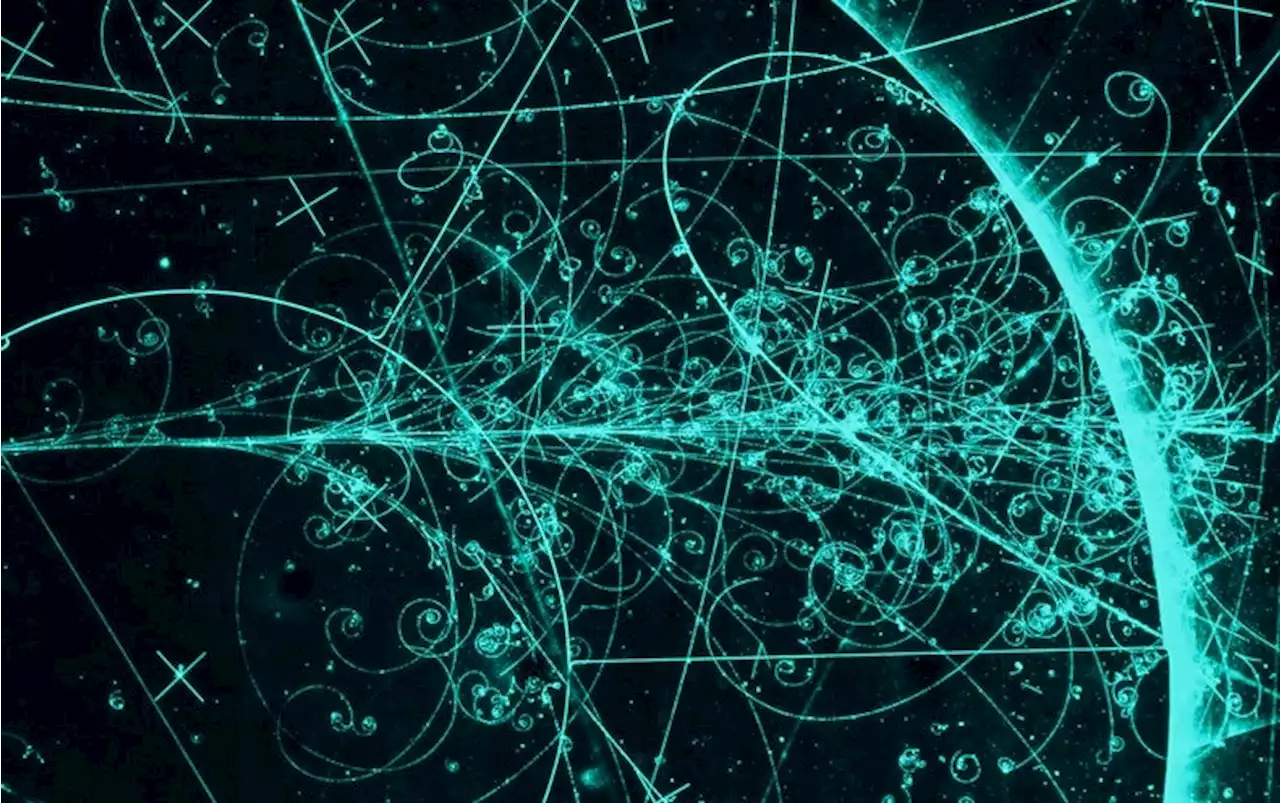Neutrinos are bizarre and ubiquitous and may just break the rules of physics
They’re small, nearly imperceptible, and there are 500 trillion of them passing through you right now. Neutrinos are among nature’s most plentiful yet mysterious creations. Science writer James Riordon recently set out to list what was known versus unknown about neutrinos, and he found the second column was longer. “To me, the most interesting thing is how we know surprisingly little about them,” he says. “These are definitely here and definitely mysterious.
I am the grandson of one of the co-discoverers of neutrinos, Clyde Cowan, Jr. But he passed away when I was nine. There was always a mythology in my family about him, but it wasn’t really clear what he had done. It wasn’t something I understood until I went to study physics in college. My interest developed more as I became a science writer and started seeing these interesting neutrino results coming out.
You write, “The very idea of neutrinos was a terrible thing, in the words of the first person who imagined it.” Wolfgang Pauli proposed neutrinos in 1930 to explain why there seemed to be missing energy and momentum in a certain type of particle decay. Why was the neutrino solution so terrible? At Los Alamos [National Laboratory in New Mexico], they were finding there were too many neutrinos turning up in one of their experiments. One explanation would be that there is yet another type of neutrino that only interacts with other neutrinos and perhaps some sort of dark matter. Those are called sterile neutrinos. There’s reason to believe that there may be many types of neutrinos, but that’s just a possibility.
One of the things that’s really fun to talk to Alan about is that KATRIN [a German experiment aiming to measure neutrinos’ mass] doesn’t say the neutrinos have a small positive mass. It says they have a small mass that could be either positive or negative mass squared. That means they could have, based on the way they do the experiment, an imaginary mass, which would make them “tachyonic neutrinos.
It did. I found that there’s a huge amount of humor in what he and Fred Reines [his collaborator on the neutrino discovery experiments] did. They had the audacity to encode a little joke into the design of a tremendous scientific experiment.
Philippines Latest News, Philippines Headlines
Similar News:You can also read news stories similar to this one that we have collected from other news sources.
 These Air Purifiers Could Reduce Particles From Smoke or Smog By Up to 85 PercentLooking to improve the air quality in your home? Rid your space of harmful smoke, smog, mold and allergens with these air purifiers with high-quality filtration
These Air Purifiers Could Reduce Particles From Smoke or Smog By Up to 85 PercentLooking to improve the air quality in your home? Rid your space of harmful smoke, smog, mold and allergens with these air purifiers with high-quality filtration
Read more »
 Unbelievable! The Weirdest Celebrity Baby Names EverCelebrities have been known to come up with very unique names for their children. From Elon Musk and Grimes to the Kardashians, Cardi B and more, check out s...
Unbelievable! The Weirdest Celebrity Baby Names EverCelebrities have been known to come up with very unique names for their children. From Elon Musk and Grimes to the Kardashians, Cardi B and more, check out s...
Read more »
 Accidental Innovation: Notre Dame’s Unexpected Discovery Enhances Drug PotencyResearchers at the University of Notre Dame have discovered a low-cost method to enhance the effectiveness of drugs by loading them into thermally-modified silica particles. The altered particles can retain chemicals and control their release rate, thus providing an avenue for improved drug delivery
Accidental Innovation: Notre Dame’s Unexpected Discovery Enhances Drug PotencyResearchers at the University of Notre Dame have discovered a low-cost method to enhance the effectiveness of drugs by loading them into thermally-modified silica particles. The altered particles can retain chemicals and control their release rate, thus providing an avenue for improved drug delivery
Read more »
 Terry Crews reflects on Brooklyn Nine-Nine, how The Newsroom helped him become a better actor, and moreThe actor also discusses the weirdest contestant he's seen as a host of America's Got Talent
Terry Crews reflects on Brooklyn Nine-Nine, how The Newsroom helped him become a better actor, and moreThe actor also discusses the weirdest contestant he's seen as a host of America's Got Talent
Read more »
 Nanoscale heterogeneity of arsenic and selenium species in coal fly ash particles: analysis using enhanced spectroscopic imaging and speciation techniquesCoal combustion byproducts are known to be enriched in arsenic (As) and selenium (Se). This enrichment is a concern during the handling, disposal, and reuse of the ash as both elements can be harmful to wildlife and humans if mobilized into water and soils. The leaching potential and bioaccessibility of As and Se i
Nanoscale heterogeneity of arsenic and selenium species in coal fly ash particles: analysis using enhanced spectroscopic imaging and speciation techniquesCoal combustion byproducts are known to be enriched in arsenic (As) and selenium (Se). This enrichment is a concern during the handling, disposal, and reuse of the ash as both elements can be harmful to wildlife and humans if mobilized into water and soils. The leaching potential and bioaccessibility of As and Se i
Read more »
 The reason behind the red skies in ClevelandHave you noticed the redder-than-normal hue of our sunrises and sunsets? That is from smoke particles in our sky.
The reason behind the red skies in ClevelandHave you noticed the redder-than-normal hue of our sunrises and sunsets? That is from smoke particles in our sky.
Read more »
